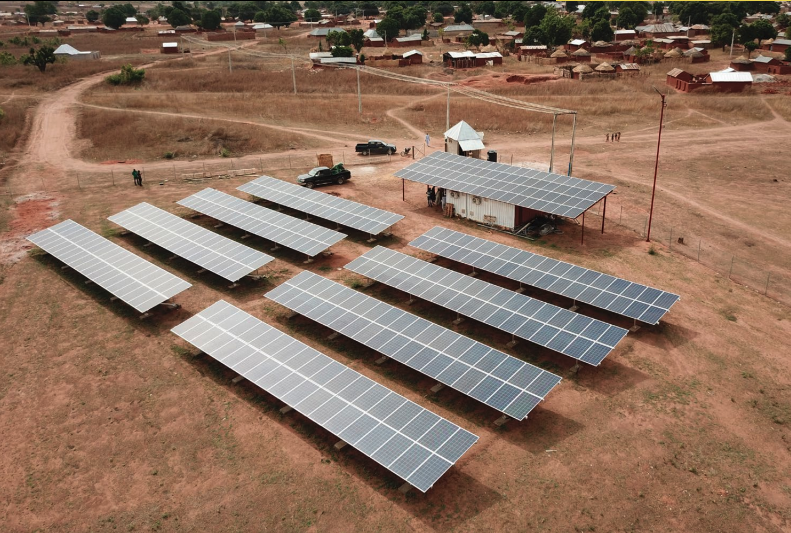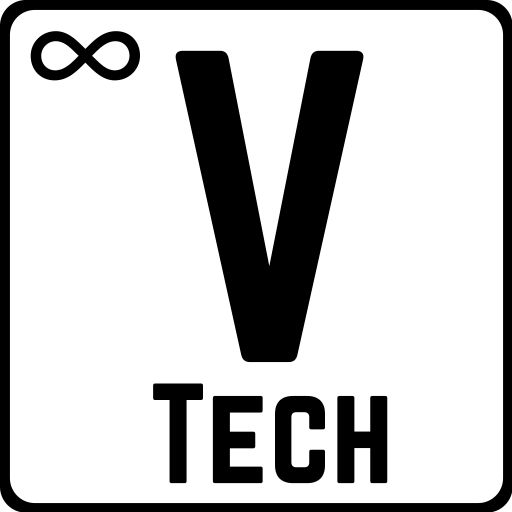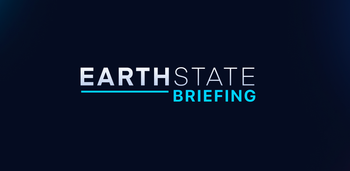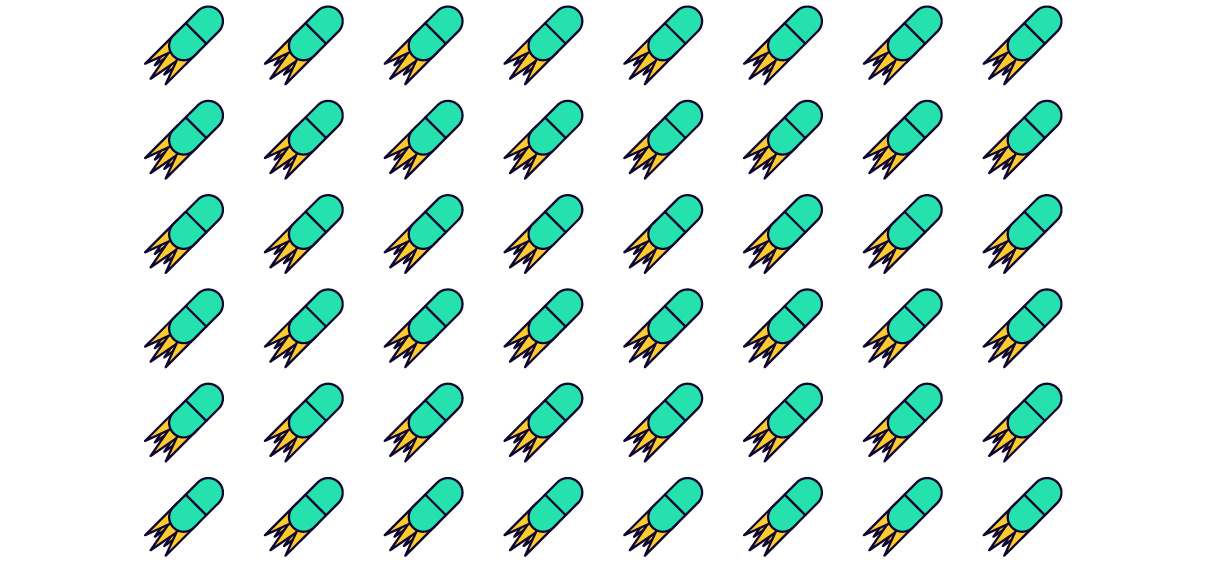The founders of Vittoria Technology believe that the UN Sustainable Development Goal 7 to provide access to affordable, reliable, sustainable and modern energy for all by 2030 is critical to achieving the shared progress for people and the planet. Their work focuses on providing innovative, for-profit solutions to renewable energy access. They have recently launched a mini grid battery project in Sierra Leone with partners including Innovate UK Energy Catalyst, InvestinGreen.Energy (IVG), 'Energicity' and Aceleron.

Liam Murphy is the co-founder of Vittoria Technology, and his green energy journey started he and his business partner, Nathan Sermonis, sailed across to Cuba on a sailboat powered by solar panels. Liam has a background working for the United Nations secretary’s office in Washington on overall sustainable development and on other UN services, such as peacekeeping. Nathan is based in South Africa and Liam lives in Paris. After the pandemic hit, they both continued working together on a tokenised business model to support mini-grids in Sub-Saharan Africa, and Vittoria Technology was born. It launched this year and recently won UK government funds to implement some of their ideas in Africa.
Investing in Green Energy Mini-grids
Six hundred million people living on Africa’s continent lack access to energy. Forty-seven million people worldwide are connected to 19,000 mini-grids, of which more than 2,500 are operational clean-energy mini-grids.
Mini-grids tend to be implemented in remote and rural locations that are off the main supply grid. A mini-grid is a set of small-scale electricity generators interconnected to a distribution network that supplies electricity to a small, localised group of customers. It usually operates independently from the national transmission grid.
In areas where the national transmission grid doesn’t reach or only provides an intermittent or irregular electricity supply, local manufacturers must rely on manual labour or use a diesel-powered generator to provide electricity. Manual labour limits productivity, while fossil fuels pollute the air, overheats the climate and is subject to fluctuating global oil prices.
Renewable mini-grids powered by solar, wind or hydro, are emerging as the heroes of energy access – particularly in rural areas. They have become a viable option for providing reliable and high-quality electricity to rural populations and businesses.
Vittoria Technology’s project in Sierra Leone focuses on improving the current value and supply chain for mini-grid batteries, by creating a more efficient, supportive ecosystem for distributing renewable energy across the region.
The problem with many mini-grids is that when there isn’t enough electricity to go around or after-hours, the community fires up a diesel generator. Vittoria’s model provides the right amount of storage within the batteries in good condition, to circumvent the need to use polluting diesel generators as part of the energy mix.
As an example, they are working with a health clinic in the northern province of the country that has no batteries and only gets electricity when the sun shines during the day. “We hope to go beyond just light and basic electricity, to enable clinics such as this to have cold storage for vaccines and sufficient electricity to operate an x-ray machine,” Liam says.
The Impacts of Green Energy in Sub-Saharan Africa
Access to electricity increases economic productivity and has impacts across a number of the sustainable development goals.
For example, in Sierra Leone, a lot of the grain milling is still done manually by women. Mill graining using electrically powered machinery frees up women's time and gives them opportunity to pursue other more meaningful work and entrepreneurship.
Without access to electricity household have to continue using traditional high-carbon fires to cook their meals. Collecting firewood takes hours of productive time. Dependancy on biofuel degrades the natural environment. Smoke inhalation impacts on the health of families – such as increasing the rates of asthma amongst children.
In many rural households that do have solar panels, these tend to only provide enough power for lighting and to watch television. For green energy to be truly meet the needs of households and to power economic productivity, this needs to become utility-grade.
Measuring the impact is critical, to know that the green energy transition is really meeting people's needs in ways that contribute to sustainable socio-economic development and reducing environmental impacts. However, measuring, verifying and reporting (MVR) the impacts of green energy systems at the household level is challenging.
It’s always been a problem when you’re trying to do good and well for people, but to measure those things takes additional resources and additional time. - Liam
Investment models for deploying capital into building renewable energy micro-grids are evolving. Initially, Liam says, the funds came from national governments, foreign aid, the World Bank and the UN. But increasingly, he’s noticing a shift towards private sector funding, with the potential to generate profitable businesses that address community needs and stimulate local economic growth.






